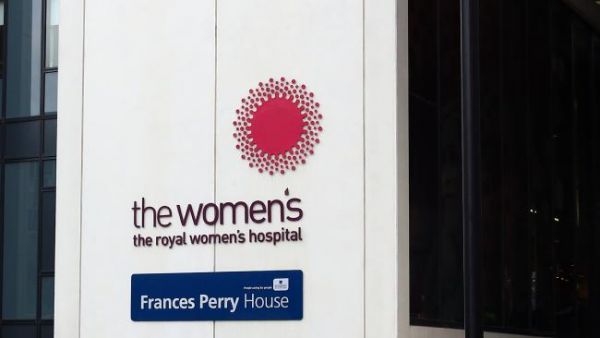Independent engineer, builder and surveyor George Cross said he agreed to approve the occupancy of the $250 million women’s centre following the discovery of the cladding only on the condition the government supply him with detailed specifications and building permits.
Mr Cross revealed he was far from satisfied with the rudimentary building documentation he had received and had therefore refused to issue an unconditional occupancy permit.
The Australian revealed yesterday that potentially deadly and highly flammable aluminium cladding, similar to that which caused a firestorm at a Melbourne apartment complex, had been found on the Royal Women’s Hospital and the state’s showcase Victorian Comprehensive Cancer Centre.
Victorian Health Minister Jill Hennessy moved quickly yesterday to assure the public and hospital workers that they were not at risk, relying heavily on Mr Cross’s assessment that it was “safe to occupy”.
Mr Cross said while he believed the cladding was safe for the time being, and of no immediate risk to patients or workers, it would have to be replaced.
He said he had assumed the cladding was flammable and used against regulations based on the limited documentation he had received but could not go into any further detail as he had yet to see the stamped building permit plans, the stamped building permit specifications and specific cladding permits which are required under legislation to have been lodged with the council.
The minister’s office and hospital also based their assurances of safety on Mr Cross’s claim only 10 per cent of the hospital was clad in the dangerous material.
However, Mr Cross told The Australian yesterday he had indicated to the department the “10 per cent” assessment was just a guess as he had yet to be supplied with the proper documents.
He said documents received as part of his narrow brief to determine the safety of the cladding were inappropriately detailed by the original surveyor who issued the building permit for the hospital. Mr Cross said he had approached the state’s building regulator, the Victorian Building Authority, which has the power to order the company to produce the documents for investigation, but had yet to receive documents or notification from the authority.
He said documentation supplied to him had no detail of the cladding installed, what it was or where it was from. He ordered for it to be independently fire-tested, as part of his conditions. “I have assumed the worst-case scenario that the cladding is combustible and flammable … out of an abundance of caution,” Mr Cross said.
A Health and Human Services Department spokesman claimed yesterday that the department had commissioned fire-testing of a section of wall cladding but confirmed it had also approached the VBA about the documents requested by Mr Cross.
“Following access to these documents and their review, the department will take appropriate steps to ensure compliance with the act and regulations,” he said.


